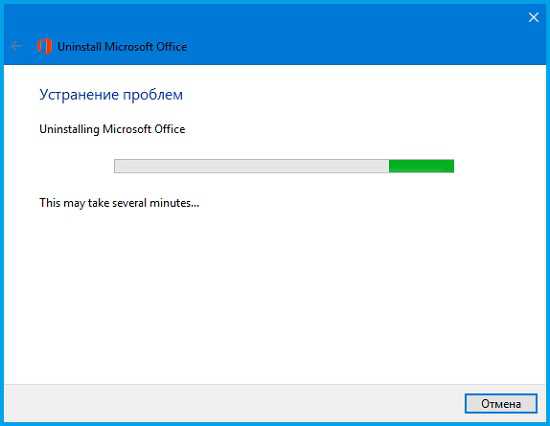

- Uninstall office 365 mac 2016 how to#
- Uninstall office 365 mac 2016 for mac#
- Uninstall office 365 mac 2016 install#
- Uninstall office 365 mac 2016 update#
- Uninstall office 365 mac 2016 software#
"C:\Program Files\Common Files\microsoft shared\ClickToRun\officec2rclient.exe" /update user updatetoversion=16.0.xxxx.yyyy
Uninstall office 365 mac 2016 update#
You can look up build numbers at Version numbers of update branches for Office 365 clients. Replace xxxx.yyyy with the build number you want to revert to. If you are using Outlook 2016, 2019, or 365, copy the following line, then right click in the command prompt window to paste it. If you don't see Command Prompt on the menu, you'll need to type cmd on the Start screen to find the Command Prompt then right click on it and choose Run as Administrator Older Windows version: Right click on the Start button and choose Command Prompt (Admin). Windows 10: Start typing cmd on the Start screen in the task bar search field to find the Command Prompt then click Run as Administrator Now you’re ready to roll back the click-to-run installation.
Uninstall office 365 mac 2016 install#
In many cases, the “bad” file will be removed or replaced with a corrected update, and you can allow Office to install updates without reinstalling "trouble" after a few weeks have passed. Next, create an appointment in your calendar for 30 days from now to remind yourself to check for updates. In Outlook (this is an Outlook help site after all), go to File, Office Account, Update Options and click on Disable Updates. You can disable updates from the File menu in any Office application. If you don’t disable updates, the problem update will reinstall itself. dmg file in the Downloads folder.First, you need to disable Office updates. To download you can also use the following link: Office365 Mac Open the. Under Available Installs, select Office for Mac, and then click Install. On your iMac where you want to install Office, go to your account page. Can I load/use Office 365 on my iMac?.This information about connecting to Office 365 services also applies to Project and Visio.
Uninstall office 365 mac 2016 for mac#
That's because Office 2016 for Mac reached its end of support on October 13, 2020. Does Office Online 365 support Mac? Ĭonnecting to Office 365 services using Office 2016 for Mac isn't supported.Restart your PC to completely uninstall Office. When the tool is done, click Next, and then close the tool. How do I completely remove Microsoft Office? īut if you want to completely uninstall Office, you should use the Easy Fix tool.The Method 1, “Normal uninstall”, is designed with the assumption that you will be re-installing Office. Method 1: Uninstall from Control Panel (or Settings dialog) Method 2: Completely uninstall Office with the uninstall support tool (SetupProd_OffScrub.exe) Method 3: Remove manually (Registry Hack).Clean Re-Install of Office 365 - Microsoft Community.
Uninstall office 365 mac 2016 software#
After completing the procedure, the software will be completely removed from the system. Here are the steps: Locate the files and "Ctrl + click" on them.

To completely remove MS Office from Mac the last piece of the puzzle is removing the shortcuts from Mac Dock.
Uninstall office 365 mac 2016 how to#
How to Uninstall and Reinstall Microsoft Office on Mac.Important: If you intend to install Office 365 onto the computer, follow these steps: Remove credentials - " Reset/Remove your account credentials from within your OS " section. Office 365 - Uninstall Office 365 for Windows and Mac.Note: If Office isn't listed in the Control Panel you could have a Microsoft Store installation type. Follow the prompts to complete the uninstall. Right-click the Office application you want to remove, and then click Uninstall. Uninstall Office from a PC - Ĭlick Programs > Programs and Features.Step 3: Locate Microsoft Office 2011 folder. Uninstall Office 365 (2011) on Mac: Step 1: Quit all the Office applications first, no matter it is Word, Excel, PowerPoint or OneNote. Note that to uninstall Office 365 on your Mac manually requires to be signed in as an administrator on the Mac.



 0 kommentar(er)
0 kommentar(er)
